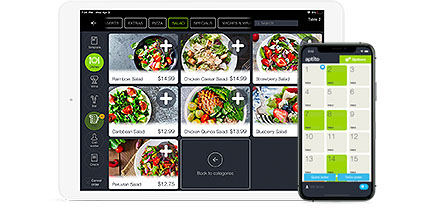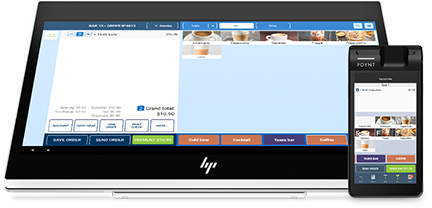A POS System for Your Business: Understanding the Software You Should Buy2 min read
Most business owners spend a good amount of time deliberating over whether or not they should jump in and get on board with POS technology. Once they commit, they find themselves facing an onslaught of software that all promises to deliver an unprecedented ease of operation and/or generate an incredible influx of new business and return of repeat customers. And certainly, most of the software currently on the market is designed to produce highly effective methods for many growth opportunities. Each one is specifically engineered, and the decision of whether or not a certain one will help your business must obviously come from seeing how the program aligns with your precise needs.
An Altogether too Commonly-Made Mistake
Entering into POS technology can up front seem to involve a radical transformation of the way every aspect of your business has been conducted, however it is very important that any POS beginner start out with the basics. From there, you can build up and out, in any direction that you determine to be the most beneficial to your specific needs. It is vitally important that any business owner get involved at a reasonable level that is well within the beneficial capabilities of improving the conduction of day to day business, while carefully not inundating anyone to the point of throwing up their hands in abject and permanent surrender.
Software That Helps, Rather Than Interfering
Most newcomers to POS technology want to know right away, which factor makes a POS system the most valuable? Of more important consideration is to determine what components would actually result in making the day to day running of a business more difficult. A well-matched POS system (and software) should complement your business operation – running a significant portion of your business on your behalf – by your standards, but without needing your over the top involvement. You are the one to set and program exactly how your POS system will collect, store and use all the information it handles.
Establish Your Priorities
In terms of determining exactly which software you should begin with, start out thinking of your most pressing gaps (or needs) in your day to day operations. Probably the place to begin is in inventory management. For this software, data entry is virtually easy, and once you have entered all the information, it’s going to be all “up” from there. The next priority is going to be a gradual collection of your customer data. Begin with your next sales transaction and proceed from there. Use payment info as your base, and instruct your cashiers to take advantage of checkout time to gather more info, in the form of questions they ask in a relaxed format. Little by little, you can add on software as you master what you have.



